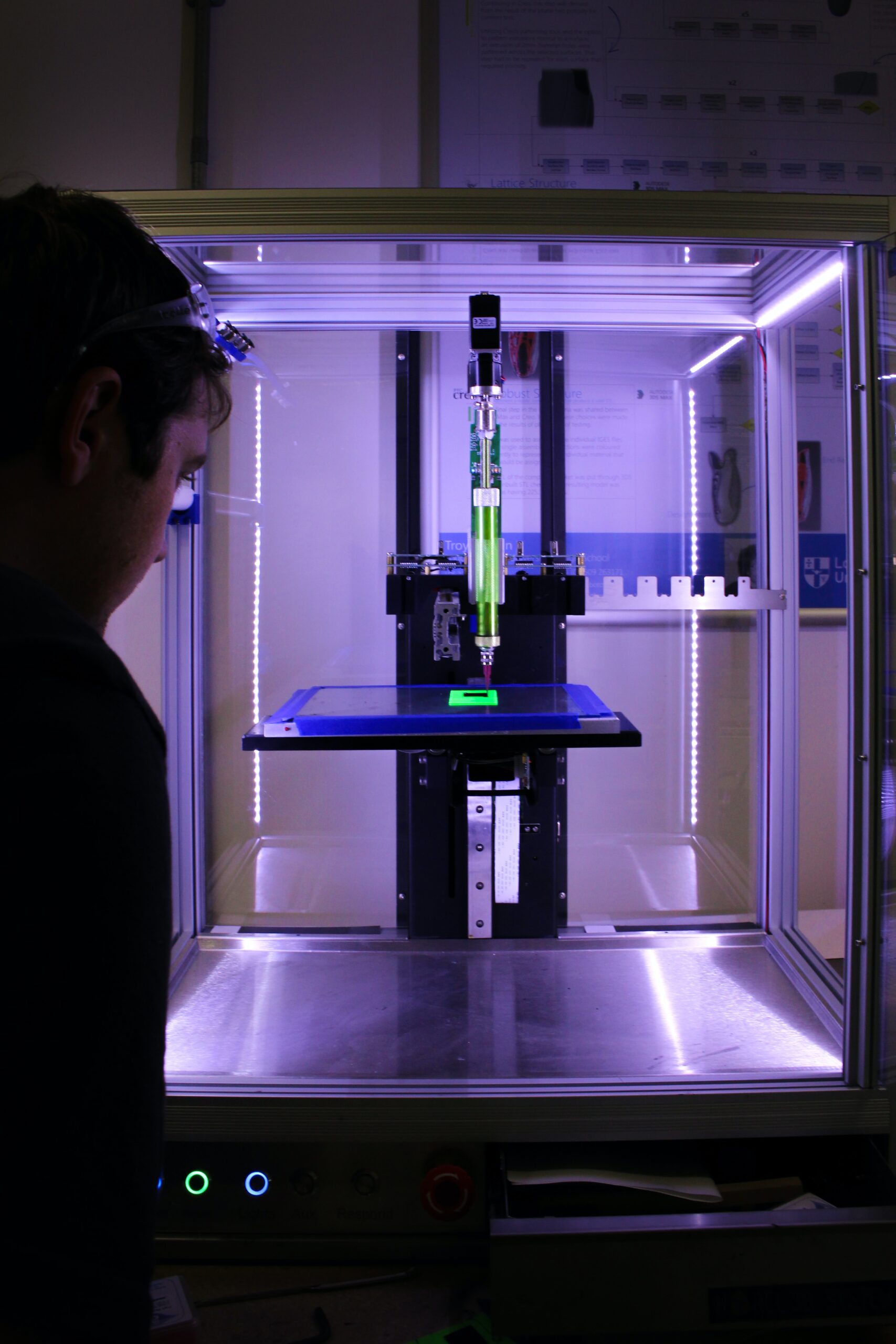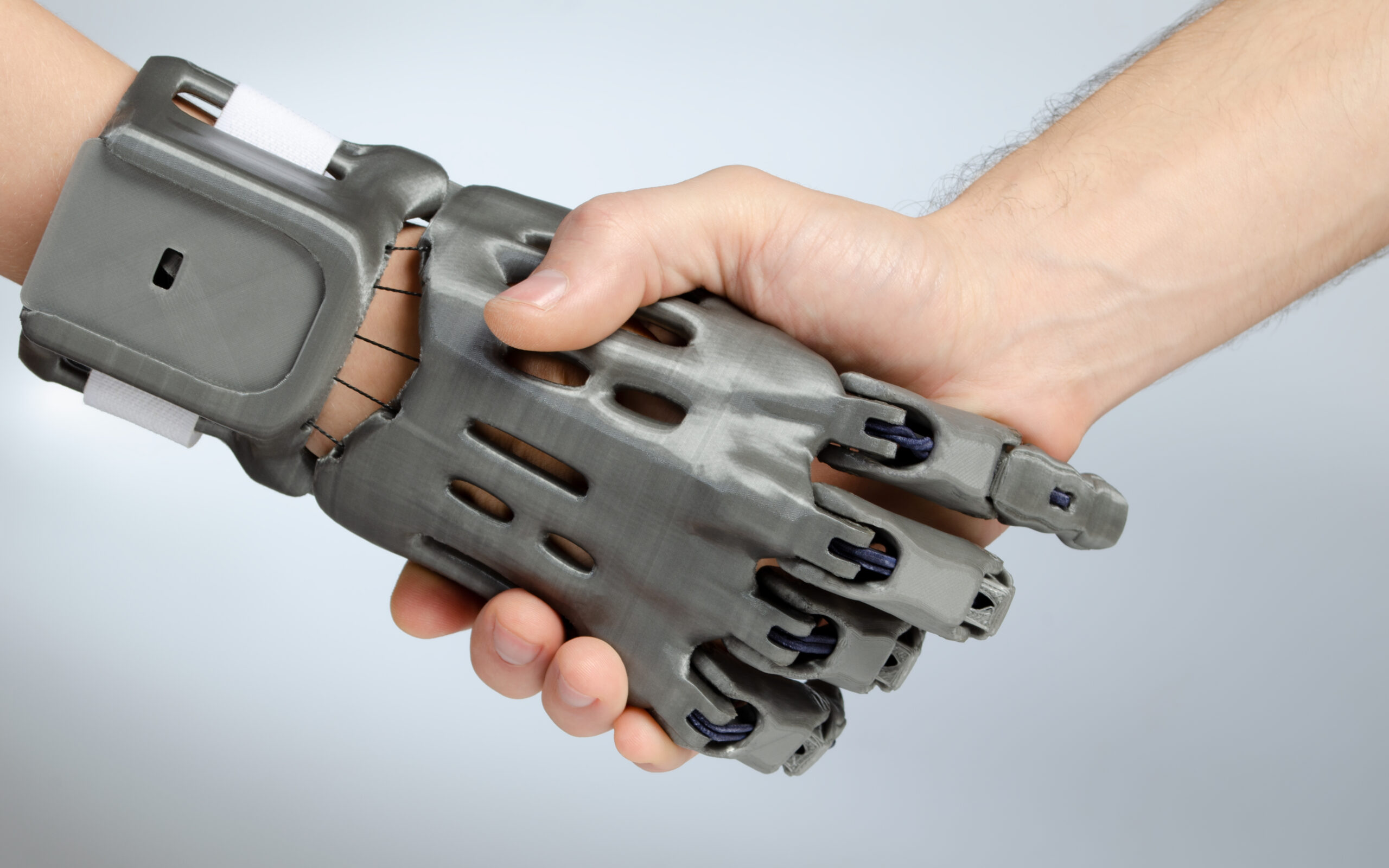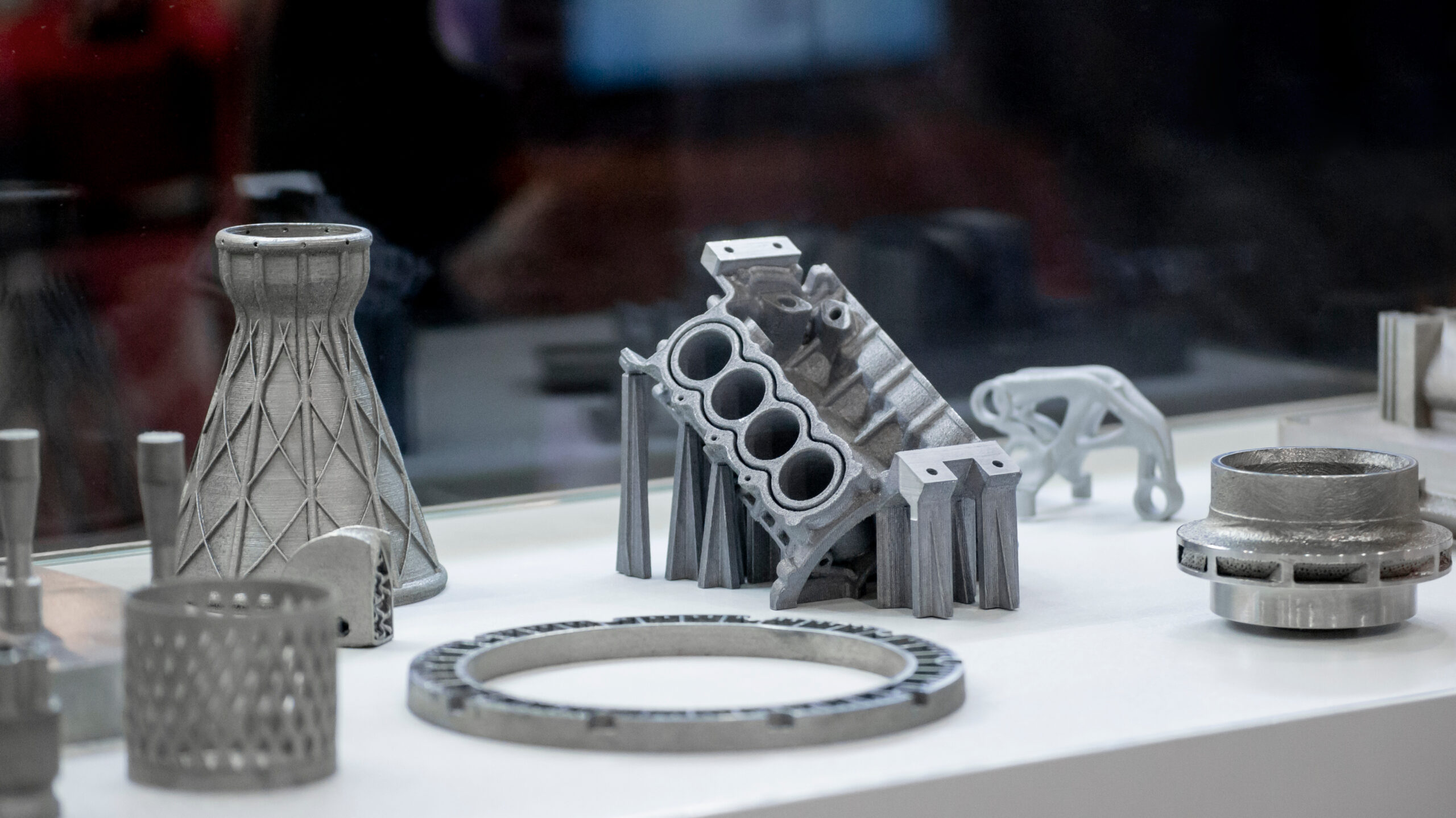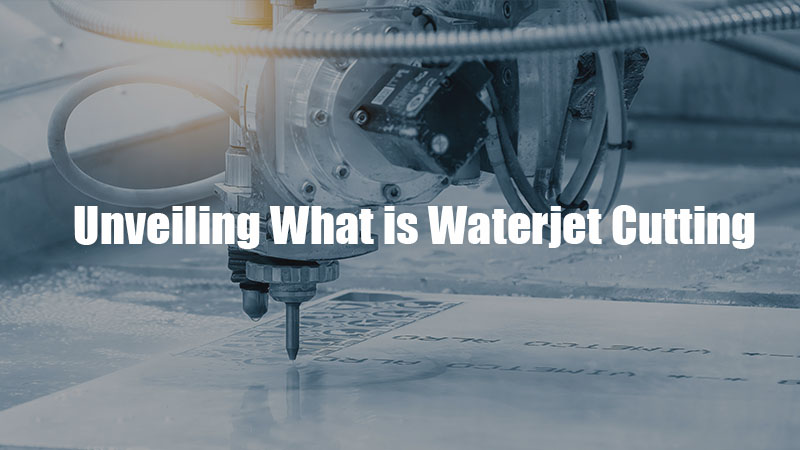Technological advancements have long since enabled us to print three-dimensional objects. A decrease in the cost of 3D printers has made the technique gain momentum, and transforming digital designs into objects is becoming more accessible than ever before.
In this article, we’ll explain the 3D metal printing processes and material in detail so you can measure its costs against its benefits yourself.
Types of 3D Metal Printing Techniques
The technique you use to 3D-print a metallic object will depend on your project’s scale, geometry, and required physical properties. Some common ones include the following:
1. Powder Bed Fusion
In this 3D printing technique, the printing machine spreads a layer of metal powder over a build plate and uses a high-powered laser to scan and melt the powder selectively to build the object. The build platform is then lowered, and another metal powder layer is deposited so the laser can melt and fuse the next layer of the object.
The printer repeats the process and keeps building layers until the object is complete.
This technique is commonly divided into two others: Selective Laser Melting (SLM) and Direct Metal Laser Sintering (DMLS).
SLM fully melts the metal powder as it uses pure metals with one melting point. In contrast, DMLS uses alloys of different materials, so it can not melt them at one temperature. Instead, it fuses all those materials with varying melting points at a molecular level. SLM uses higher-powered lasers than DMLS, so the resulting objects require more finishing.
Given the control you have over the layers in the powder bed fusion process, you can use it to create high-quality, detailed parts with complex geometries. This technique can create turbine parts, rocket engine components, implants like prosthetic limbs, engine components, jewelry, and artwork.
2. Binder Jetting
This process utilizes an adhesive fluid to assemble metal powder in the required shape. The 3D printer does so by layering alternating layers of powder and the binding material. Once the desired object is formed, the jetting machine removes the excess powder and sinters the object in a furnace to fuse the metal particles.
The binder jetting process is relatively simple and cost-effective, so you can use it to create complex parts. You can also easily use it to produce relatively larger objects, like architectural components. Objects that can be 3D printed this way include aircraft fuselage sections, engine components, bone scaffolds and tissue engineering scaffolds, and circuit boards.

3. Directed Energy Deposition
Directed energy deposition essentially deposits molten metal layers to create an object. The process uses a high-powered laser or electron beam that’s used to melt metal powder or wire and deposit it on a pre-prepared substrate (often, a metal plate). It then deposits the metal in layers until the desired 3D shape is created.
The process is versatile, allows for complex creations, and creates parts with excellent mechanical properties. Industrially, you can use it to create high-strength aircraft and spacecraft parts, complex and customized automotive components for regular and military vehicles, power-generation equipment, etc.
4. Laminated Object Manufacturing
LOM is a type of sheet lamination process that can be used to create metallic 3D objects. Note that sheet manufacturing otherwise uses plastics or paper.
In Laminated Object Manufacturing using metals, the object is initially sliced into layers that are printed on separate sheets of metal foil. A layer of binder is deposited on each sheet beforehand, after which they’re sliced with a laser or another appropriate cutting tool.
They’re stacked on top of each other, and pressure is used to bind them together. You’ll have to mechanically improve the resulting object’s surface and finish. Techniques like buffing and sanding can help.
Objects printed through Laminated Object Manufacturing are ideal for prototyping, packaging, mock-ups, etc., and can be used in large-scale projects due to their low cost. You can use them in artistic or educational settings as well.
5. Ultrasonic Additive Manufacturing
This 3D printing process is also conducted by stacking sheets of metal. However, once you stack the foil layers, they’re exposed to ultrasonic vibrations in UAM instead of pressure. This causes the metal foils to deform and bond at an atomic level, creating strong and durable 3D metal objects with low density.
You have to finish the process by trimming excess material and polishing or coating the surface.
The objects manufactured through UAM are lightweight yet strong, finding their uses in aircraft components, biomedical implants like hip replacements, electronic devices, engine components, suspension parts, etc.
Material Selection for Metal 3D Printing
The material selection in 3D printing depends on the processes and applications involved.

Factors Affecting Material Selection
There are several factors that affect material selection in 3D metal printing:
1. Material Compatibility with Applications
Applications of objects have specific requirements. For instance, a 3D-printed biomedical implant is best made with titanium as it is biocompatible, more suitable for smaller applications due to its cost, and tolerant of corrosive environments.
In contrast, a large aircraft component that does not require much mechanical strength can be 3D printed with aluminum, as it’s lightweight, less expensive, and corrosion-resistant. Similarly, circuit components can require metals with high conductivity, like copper.
2. Material Compatibility with Printing Technology
The 3D printing technique you utilize can limit your material selection. For instance, you can not use brittle metals like cast iron in direct energy deposition, as they can crack during the process. Similarly, it’s impractical to use metals with extremely high melting temperatures, like tungsten, in the 3D printing process due to the large amount of energy they require.
Many techniques, like binder jetting, can not use reactive materials, as they can react with the binding material. Magnetic materials can be challenging to use in processes like powder bed fusion as they can interact with the magnetic fields used.
3. Material Costs, Availability, and Post-Processing Cost
Precious metals like gold and platinum are often not used in 3D printing due to the impracticality of the costs involved. However, some applications, like jewelry and specific electrical components, can require them.
You’ll also have to excessively post-process some materials. For example, titanium can produce parts with a rough finish, cobalt-chrome alloys can warp during cooling, copper can oxidize during printing, etc., requiring extraneous post-processing steps.
Common Metals Used in 3D Printing
Here are some typical metals used in 3D printing:
- Stainless steel is a versatile and durable material that’s easy to machine. It’s often 3D printed for medical, aerospace, or automotive industries.
- Aluminum is a lightweight metal that’s easy to machine, process, and weld. You’ll find its use common in aerospace and automotive applications.
- Copper is commonly 3D printed for electronics due to its high thermal and electrical conductivity.
- Gold, silver, and platinum are 3D printed for jewelry, luxury goods, and collectibles.
- Cobalt-chrome alloys are 3D printed for medical and dental applications due to their biocompatibility.
Post-Processing Techniques for Metal 3D Printed Parts
It can be necessary to post-process a metallic 3D-printed object to prevent imperfections during cooling, enhance the object’s mechanical strength, or improve its appearance, among other factors. Some common techniques you can utilize include:
- Machining involves removing excess material from 3D-printed objects to achieve the desired shape and finishes.
- Polishing often involves binding and buffing the object to reduce roughness and smoothen its surface.
- Heat treatment entails heating the object to high temperatures, often in a vacuumed atmosphere, to avoid oxidation to improve its strength and flexibility.
- Stress-relief annealing involves cooling the object to relieve internal stresses and prevent cracking and warping.
- Surface coating involves applying a layer of paint or polish to the object.
- Electroplating involves depositing a layer of metal over the object through electrolysis to enhance its durability or electrical properties.
- Hot isostatic pressing (HOP) entails applying high pressure and temperature to objects, especially those with residual porosity, to increase their densities and enhance their mechanical properties.
Benefits and Limitations of Metal 3D Printing
Understanding the advantages and limitations of 3D printing can help you with the cost-benefit analysis of the technique in manufacturing.
The Pros of 3D Metal Printing
The applications of 3D metal are numerous and span multiple fields, from healthcare to the aerospace industry. So, investments and development in the field benefit the world as a whole. Some major pros include the following:
1. Design Flexibility
3D metal printing allows for design flexibility that can be impossible to achieve through conventional manufacturing techniques. This is especially beneficial in areas like healthcare, where every implant and instrument can be designed and customized to the smallest detail per patient. It has also enabled the creation of structures that are strong yet materially less extensive with high strength-to-weight ratios.
2. Rapid and Accurate Prototyping
3D printing allows for swift and precise prototyping. This can allow scientists, engineers, and manufacturers to visualize devices, components, and products better and foresee consumer response or development issues. Businesses and architects can use such 3D models to present and understand their future ideas better as well.
3. Efficient Resource Utilization
3D printing is a form of additive manufacturing – it only adds material where needed. This ensures your project is low wastage, has few to no by-products, and utilizes resources efficiently. You don’t have to waste resources in transporting materials as well, as 3D printing can easily be done on a local scale, saving shipping and storage costs.
4. Precision and Ease of Replication
3D printing is a layer-by-layer process, allowing for precision down to the smallest detail. This is invaluable in sensitive applications, like making small electrical components or biomedical devices.
Additionally, careful calibration and high-quality control can make 3D printers produce multiple objects with high degrees of similarity – a quality that can be hard to achieve with conventional manufacturing techniques. This can ensure uniformity across products and their properties.

The Cons of 3D Metal Printing
- 3D printing is not possible with all materials, and using some metals like zinc, iron, mercury, and lead and mercury can often not be used in the technique at all.
- Most 3D printers have a limited build volume: the size of the objects that can be printed is limited. This makes large-scale applications challenging as you’ll have to print their components as separate parts and assemble them separately.
- The surface finishes of 3D printed objects are rougher than conventionally manufactured objects, and this can limit their applications, especially if your project requires low-friction surfaces.
- The 3D printing process is slow and can even take up to weeks, depending on the project’s size and complexity.
- The process is energy intensive.
- The cost considerations of 3D printing are significant – it is an expensive process that often requires high-grade substances.
- Much post-processing can be required for particular 3D-printed objects, depending on the material and technique.
Endnote
Metal 3D printing has emerged as a valuable technique in manufacturing, allowing applications previously deemed impossible through conventional means. Its cost can be expected to continue decreasing as advancements ensue. Although the technique currently has considerable limitations, the benefits of 3D printing far outweigh them.





